Currently Empty: ₦0.00
June 23, 2024
INTRODUCTION
The microbes that exist on all foods can be kept firmly under control by cooking and refrigeration processes. When given the chance, however, they can spread easily around a kitchen environment and cause serious illness through cross contamination. We can prevent cross contamination by observing the following hygienic kitchen processes:
1) WASHING UP:
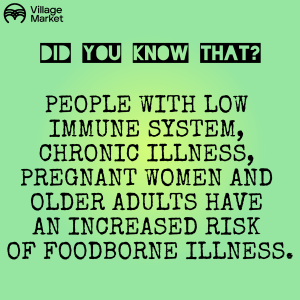
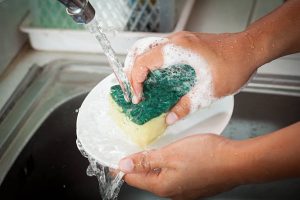
Crockery, utensils and chopping boards can become breeding grounds for bacteria if they are not washed immediately following use. When washing up one should alwyas remember “the hotter the better” because hot water kills the most germs. Whether using a dishwasher or washing up by hand use the hottest water/cycle possible… When using a dishwasher, always select the hottest cycle possible, use the recommended amounts of salt and detergent for effective cleaning, also ensure that the dishwasher filter is clean and allows water to pass through freely.
June 24, 2024
2) CLEANING MATERIALS:

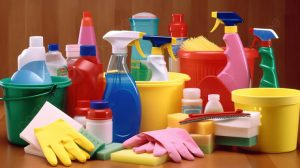
Know your detergents from your disinfectants Detergents include washing up liquids. These items dissolves and disperses oil, grease and dirt. Disinfectants include items such as bleach, these items are designed to kill germs. Use such items with caution as they may contain powerful chemicals Anti-bacterial cleaners: They are a type of disinfectant. They are also designed to kill germs and often come in a spray bottle, Always follow the instructions when using then cleaning materials .
June 25, 2024
3) WASTE DISPOSAL:
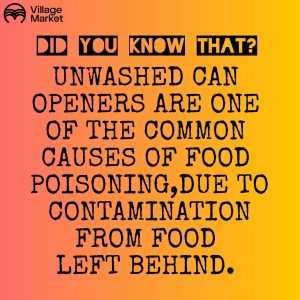
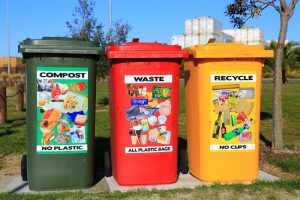
Ensure all rubbish bins are emptied regularly, pay particular attention to this tasks over the dry season because heat makes germs multiply at a higher rate.
Use a bin with lids and a bin liners, tie the bin liners before removing them to avoid spillage.
Clean bins regularly with hot water and detergent then make use of disinfectants to kill the remaining germs.
Do not leave kitchen waste in the bins to decay as they’re easily biodegradable, Non-biodegradable wastes should be recycled properly.
June 26, 2024
4) PEST CONTROL

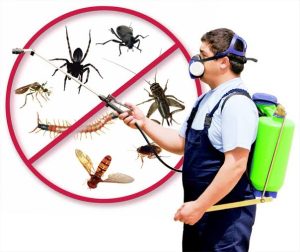
Correct cleaning of your kitchen will ensure that it remains a pest free zone. If food should come in contact with animals of any description, ensure that it is disposed of as soon as possible. To control flying insects such as wasps and flies, hang up an insecticidal sheet or use an electric insect trap. Dispose of/clean these traps on regular basis.
Never use aerosol sprays in the kitchen, they can easily transfer dangerous chemicals to the food and work surfaces and are a fire hazard when used close to open flames. If the problem is serious and you have an infestation of cockroaches, ants or other pests, seek professional advice immediately.
June 27, 2024
ROLE OF MICROBIOLOGY IN KITCHEN HYGIENE?
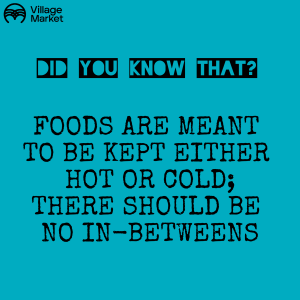
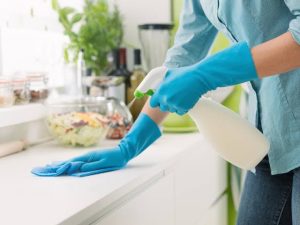
From a microbiology lab perspective, understanding the potential risks associated with poor kitchen hygiene is essential to ensuring that food products are safe for consumption. Harmful bacteria, such as Salmonella, Listeria, and E. coli, can easily contaminate food products if proper hygiene practices are not followed. These bacteria can cause serious illnesses, especially in vulnerable populations such as young children, elderly individuals, and those with weakened immune systems. To prevent the growth and spread of harmful bacteria in the kitchen, it is important to establish and maintain a culture of hygiene and cleanliness. This includes providing training and education to staff members on proper cleaning and sanitizing procedures, as well as monitoring and auditing hygiene practices to ensure that they are being followed consistently.
June 28, 2024
KITCHEN HYGIENE 101


– Wash hands.
– Thoroughly cook foods.
– Correct food storage.
– Wipe down counter tops.
– Food hygiene rules: don’t cross-contaminate.
– Clean your chopping board after use.
– Bin basics.
– Stop grease in its tracks.
– Keep the fridge clean.
– Scrub your sink daily.
June 29, 2024
EIGHT (8) TIPS FOR SAFE HANDLING OF FOOD 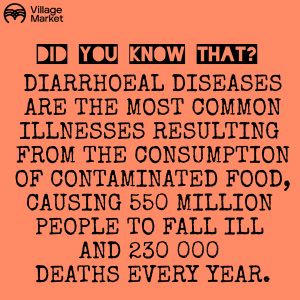
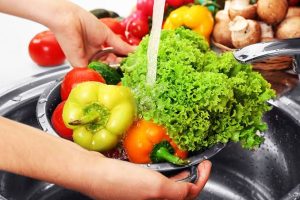
1) Wash your hands before cooking
2) Always rinse kitchen utensils thoroughly
3) Pay attention to cleanliness and tidiness
4) Clean dishes and cutlery at high temperatures
5) Store raw and cooked food separately
6) Note the cooling chain for frozen foods
7) Always pay attention to the shelf life of food products
8) Keep pets out of the kitchen as much as possible
June 30, 2024
WHY SAFETY AND HYGIENIC PRACTICES IN THE KITCHEN ARE IMPORTANT?
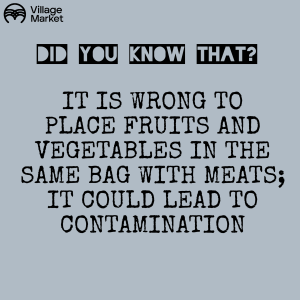
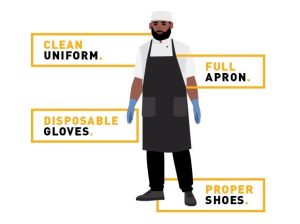
The importance of safety and hygiene in the kitchen cannot be denied as maintaining hygiene can help overcome various foodborne diseases. Harmful bacteria like E.coli, Listeria and Salmonella can thrive in the kitchen due to lack of hygiene.
The reasons why kitchen safety and hygiene is important are-
-Ensures that the food is safe for consumption.
-Prevents germs from multiplying in foods and resulting in food poisoning.
-Helps to prevent cross-contamination.
-Protects us from severe health conditions like Gastroenteritis, Listeriosis, Hepatitis A and so on.
-Promotes healthy living.

